Negatron Particle Interactions
As beta(-) particles travel through matter their negative
charge interacts with the negative charge of orbital electrons, ejecting them
from their orbits (producing ion pairs) or causing excitation. This process will
continue until the electron has lost enough energy to be captured by a
nucleus. Beta particles are lighter, faster, and have a smaller charge
than alpha particles. This gives them deeper penetrating power than
alphas. Beta particles come in many energies. Some, like the weak
beta from tritium (H-3) can't penetrate the dead layer of skin. Others,
like Phosphorous-32, can reach the living skin layers and the lens of the
eye.
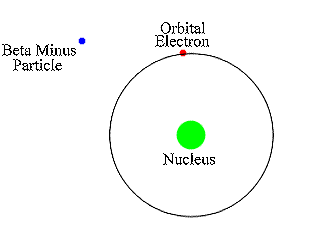
Beta (-) Particle Interactions

ß+ Decay
When there is an excess of protons in the
nucleus, and it is not energetically possible to emit an 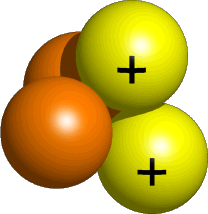 particle, ß+ decay occurs. This is where the nucleus becomes stable
by converting a proton into a neutron. During ß+ decay, a positron
(a particle with the same mass as an electron but with positive charge), and a
neutrino are released. Positrons interact with electrons, causing both to be
completely destroyed. Two gamma ray photons with the same energy as the mass of
the positron and electron are released.
particle, ß+ decay occurs. This is where the nucleus becomes stable
by converting a proton into a neutron. During ß+ decay, a positron
(a particle with the same mass as an electron but with positive charge), and a
neutrino are released. Positrons interact with electrons, causing both to be
completely destroyed. Two gamma ray photons with the same energy as the mass of
the positron and electron are released.




![]()
![]()
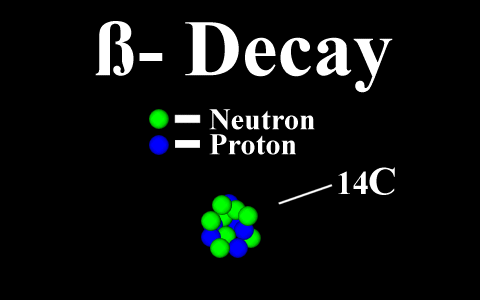

![]()
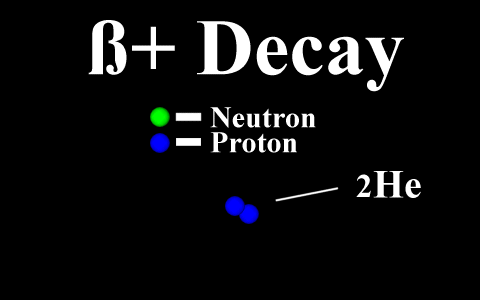
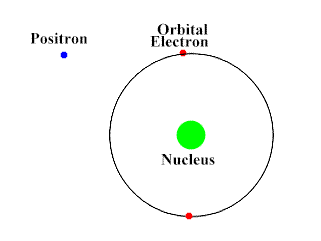
![]()
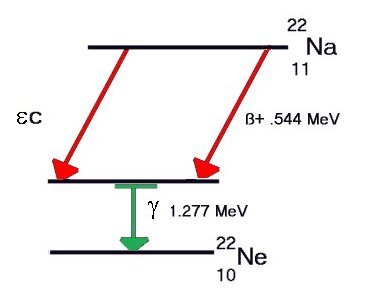
![]()
![]()
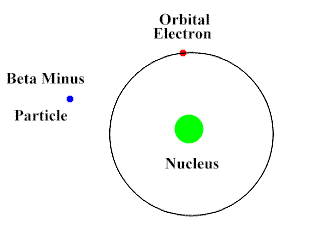
![]()
![]()

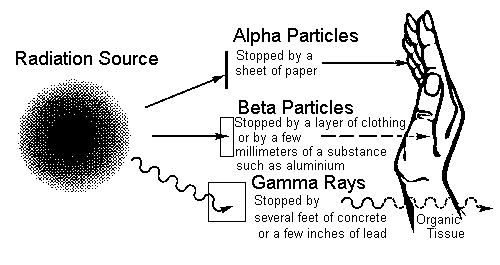
![]()